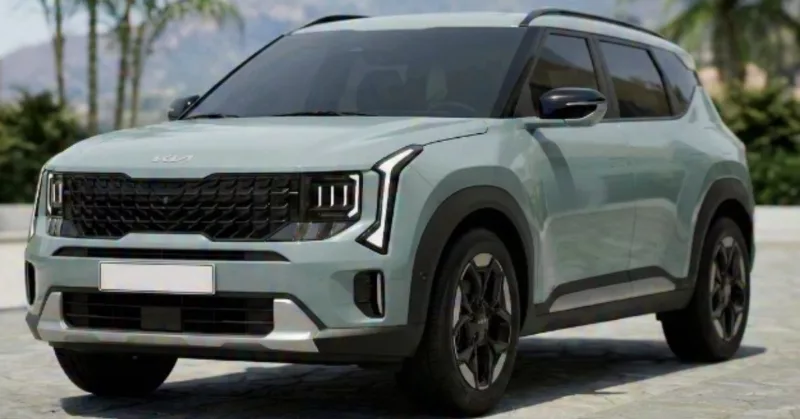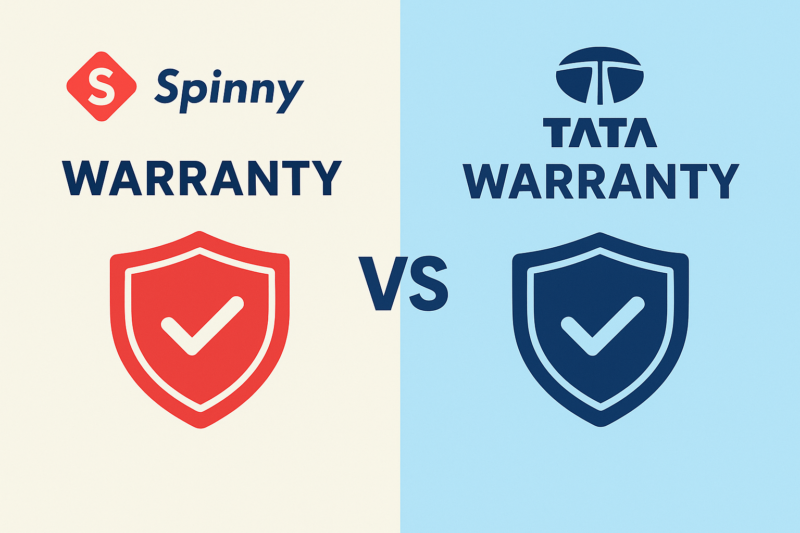Fuel injection systems supply fuel smoothly to the combustion chambers of a car engine. Without fuel, the engine simply cannot run. In the past, this job was handled by carburettors, but as engines became more advanced, they were replaced with fuel injectors.
Injectors deliver the right amount of fuel to the engine, and this has a direct effect on mileage, performance, and how the car feels to drive. Different kinds of injectors were created to suit different engines and needs. If you enjoy learning about cars, you’ll want to know more about these systems, and that’s exactly what this blog explains.
Table of Contents
Single-Point Fuel injection or Throttle-Body injection
Single-Point Fuel Injection (SPFI) Systems were the first upgrade that replaced carburettors. In this system, there is only one injector, placed in the throttle body. That single injector sprays fuel into the air coming through, and the air–fuel mix then goes to all the cylinders.
The throttle body can hold one or two injector nozzles, which is why these are also called Throttle Body Injectors (TBIs).
SPFI has a few clear advantages. Because the design is simple, it is easy to fit into engines. The same simplicity also makes it cheaper to build and repair.
But there are drawbacks to this type of fuel injector system too. Since the air–fuel mixture has to travel through long intake runners, fuel distribution is not always even. This reduces efficiency and performance, more so at higher RPMs, and can affect ride quality. Fuel also tends to condense outside the intake manifold, which leads to a bit of wastage.
SPFI systems were mainly used in the late 1980s and early 1990s, when car makers shifted from carburettors to fully electronic injection.
Multi-Point Fuel injection or Port injection
A Multi-Point Fuel Injection (MPFI) System provides a separate injector to every cylinder of the combustion chamber. This type of fuel injection system is also known as port injection.
An MPFI gives each combustion chamber its own fuel injection right at the intake valve. This arrangement ensures a more even and consistent supply of fuel to the engine. As a result, fuel efficiency is higher when compared to SPFI.
Some advantages of using an MPFI in a vehicle include:
- The throttle response of vehicles fitted with an MPFI is much better than vehicles engineered with an SPFI.
- Every combustion chamber receives the correct amount of fuel through its injector. This ensures smoother engine performance, which in turn improves the overall ride quality.
- Due to the even distribution of fuel, the engine response becomes sharper and cars run more smoothly.
- All the cylinders in the combustion chamber receive fuel at the same time from the injectors. This makes sure every cylinder gets the same amount of fuel each time, reducing the chances of condensation outside the intake manifold and lowering fuel wastage.
- As wastage is reduced in this type of fuel injection system, emissions also become lower.
However, there are also some disadvantages of using an MPFI in a vehicle. These are listed below:
- MPFIs can lead to fuel idling of up to 150 ms in the car engine. This happens because, even though all cylinders receive fuel at the same time, the piston rotations do not always match. Even then, these systems performed much better than SPFIs.
Most petrol engines built in the 1990s and early 2000s came with the MPFI system. As vehicles became more advanced in the 21st century, the demand for more sophisticated fuel injection systems began to rise. Even today, however, some cars in the used car market are still equipped with MPFI.
Sequential Fuel injection
Sequential Fuel Injection (SFI) works like multi-point but with more accuracy. It is almost the same as MPFI but is one step ahead. In this system, all the injectors do not spray fuel into the chambers at the same time. The injection is controlled according to the rotation of the cylinder.
The fuel gets injected during the intake stroke of the cylinder. This helps reduce fuel idling and gives better performance and power output. Because only one injector sprays fuel at a time, the next cylinder also gets fuel at the correct moment.
Some of the advantages of the SFI are:
- Fuel is delivered at the right time, which improves engine response and makes the ride quality better.
- Engines fitted with an SFI system give better fuel efficiency.
- Cold starts are smoother.
- As fuel wastage and condensation at the intake manifold reduce, emissions are also lower.
This is the type of fuel injection system used in many modern petrol cars. It gives better control and efficiency compared to older designs.
Direct injection
Direct Injection (DI) is the most advanced type of fuel injection system used in modern cars. So, it is used in most high-performance diesel and petrol engines nowadays.
In a Direct Injection integration, the fuel gets sprayed directly into the combustion chamber. So, no intake ports are needed for injecting the fuel. The fuel delivery is regulated through advanced control units. Also, high-pressure injectors are used to make the fuel delivery efficient.
Some advantages of using DI in a car engine are given below:
- Injection pressure up to 40,000 psi can be used for diesel engines.
- The combustion efficiency is enhanced by using accurate fuel spraying patterns.
- As the fuel efficiency, idling, and condensation is reduced significantly, the fuel economy increases as well.
- DI in petrol engines produces more power without having to increase the displacement.
Invariably, DI leads to higher power output, better mileage, and reduced exhaust emissions. Even after having so many advantages, this type of fuel injection system is more complicated and requires regular maintenance. The fuel required for these systems must also be of high quality.
A comparison table for all the basic fuel injection systems discussed above is given below:
| Type | Place of Injector | Efficiency | Advantages | Limitations | Applications |
| Single-Point (Throttle-Body) | Throttle body | Low–Medium | Simple, cheap, easy to fix | Uneven fuel mix | Older cars (1980s–90s) |
| Multi-Point (Port Injection) | Near intake valve | Medium–High | Smooth, better fuel use | More complex than SPFI | Cars from 1990s–2000s |
| Sequential Injection | Timed with intake stroke | High | Accurate, clean, smooth starts | Costly electronics | Modern petrol engines |
| Direct Injection (DI) | Inside combustion chamber | Very High | Powerful, efficient, low emissions | Expensive, needs clean fuel | Modern diesel & petrol cars |
Summary
This was everything about the types of fuel injection systems used in different engines. The design and working of each of these types is different. Each design also has its own advantages and limitations.
A Single Point Fuel Injection system is simple but it lacks when it comes to fuel efficiency. A Multi Point Fuel Injection system is efficient but may lead to higher emissions when compared to Sequential or Direct Injection systems. Sequential Fuel Injection makes sure the timing of the cylinder intake stroke and fuel injection matches properly. A Direct Injection system gives better power output and balanced performance, but it has a complicated design and needs more maintenance.
FAQs on Types of Fuel Injection Systems
Q. Is DI better than MPFI?
A Direct Injection system delivers fuel directly into the combustion chambers. On the contrary, the MPFI delivers fuel into the intake manifold and then it reaches the chambers. As a result, DI offers better fuel efficiency than MPFI.
Q. What is the difference between GDI and DI?
GDI means Gasoline Direct Injection. It is the term associated with gasoline i.e petrol engines. DI means Direct Injection. It is the common term used for direct fuel injection systems used for both petrol and diesel engines.
Q. What are the basic fuel injection systems?
The basic types of fuel injection systems are single-point fuel injection, multi-point fuel injection, sequential fuel injection, and direct injection.
Q. Which fuel injection system is the best?
Every fuel injection system has its pros and cons. The ultimate decision depends upon which one is practical in the context of budget and design.
Q. Which is the fuel injection system used in most cars in India?
Most modern cars in India use the Sequential Fuel Injection System. This fuel injection system is almost flawless and compliments most engine types.



